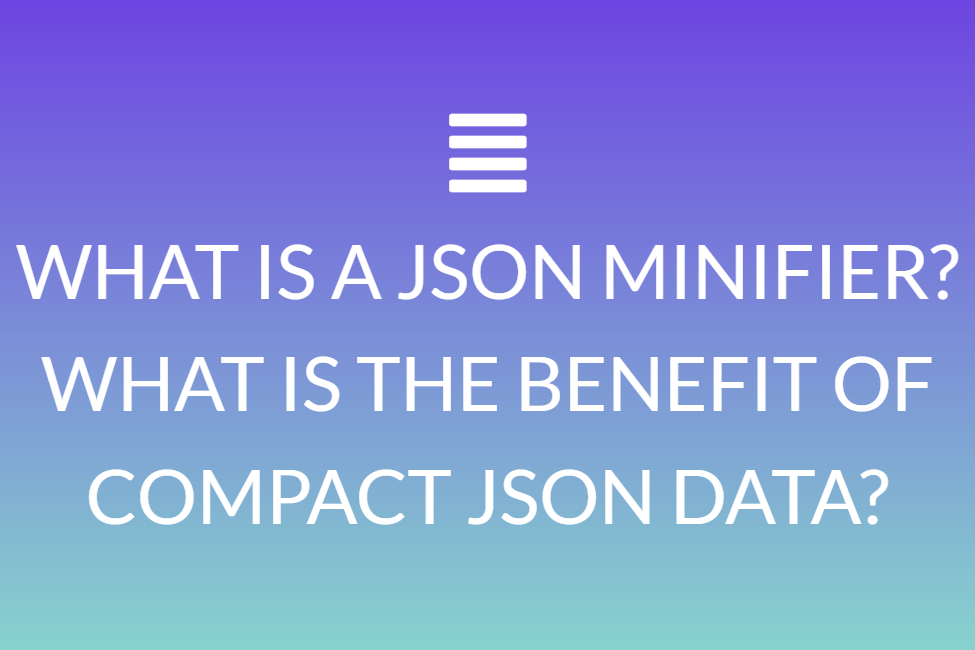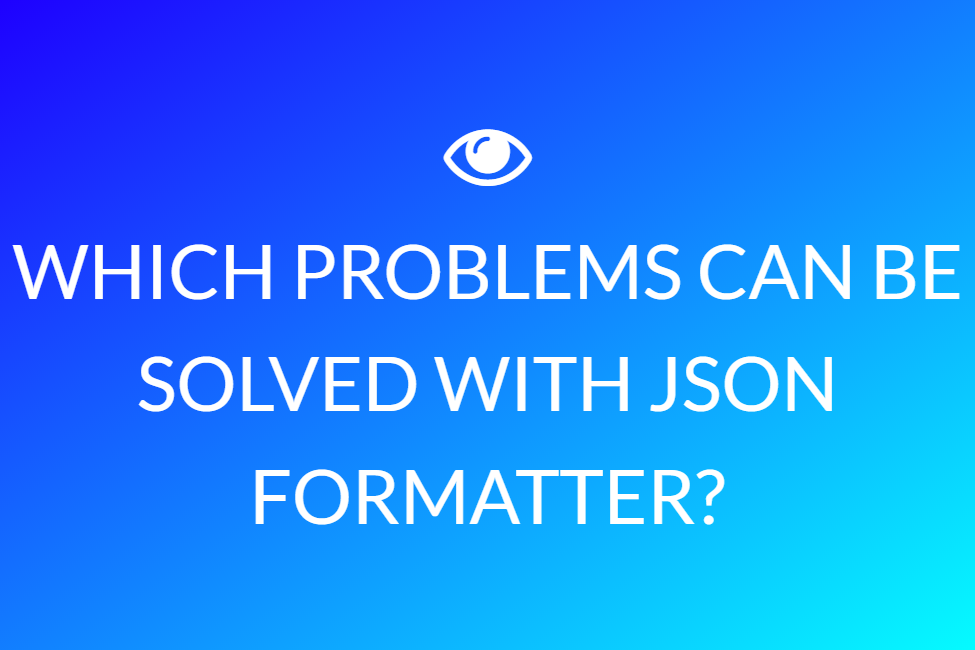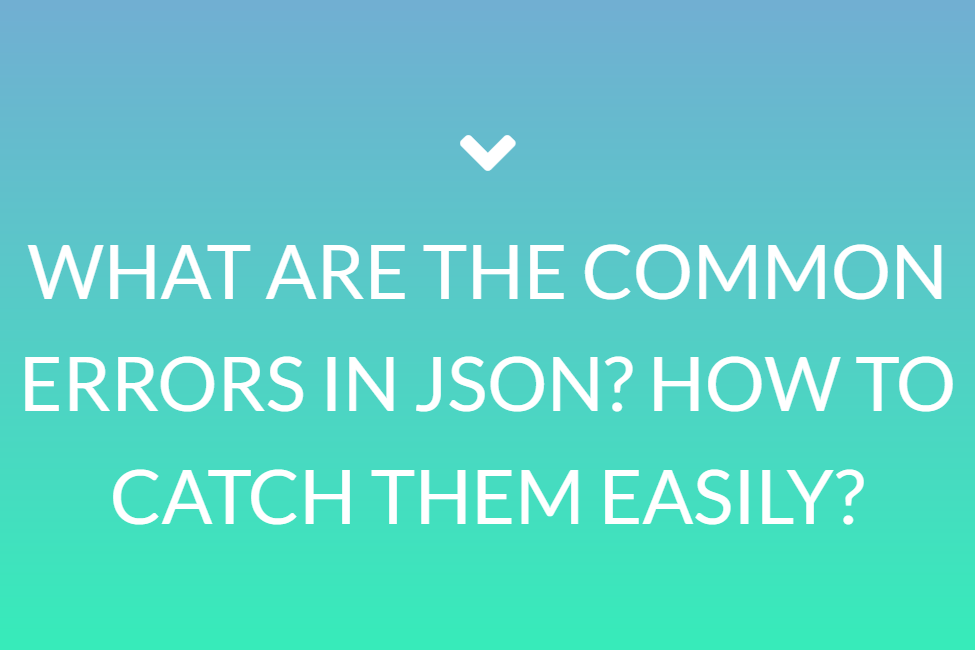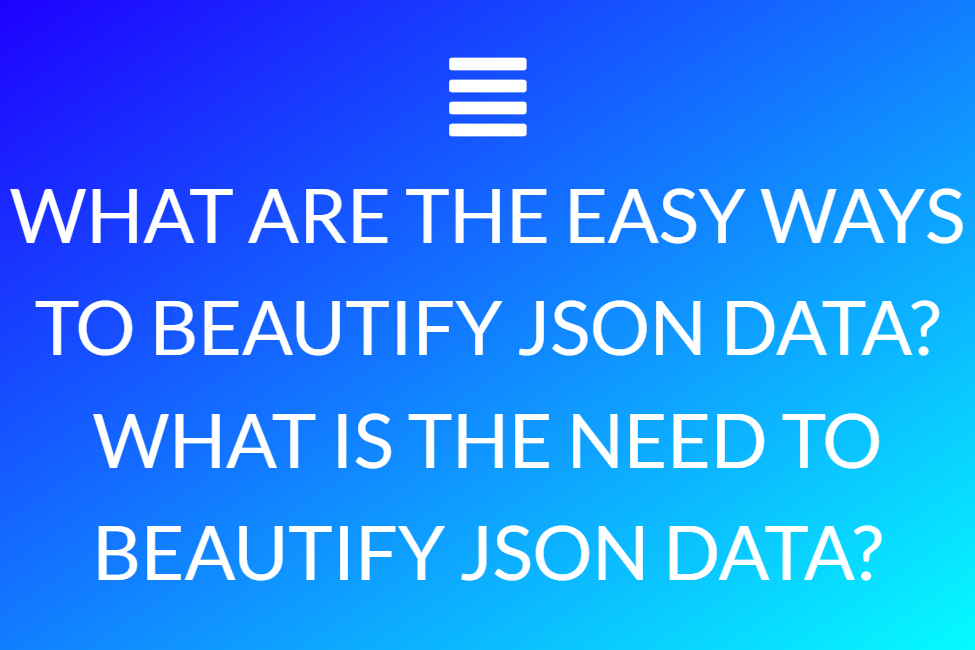YAML, XML, and JSON are the extensively used data serializer language. In this article, we will list out the key Difference Between Yaml or XML or JSON. One may be well knowledgeable about XML and JSON, which have been read from our earlier post, where we talked in detail about JSON, its advantages, and disadvantages along with their features.
Now, let’s begin pondering on the disparity among YAML and JSON and XML.
YAML vs XML vs JSON
XML
XML stands for “eXtensible Markup Language” and uses a tag to specify the structure merely like HTML. XML is specified by the World Wide Web Consortium’s (W3C’) XML 1.0 Identification. It was conceived to be general, letting it be used in a broad degree of applications. It is a proportional interpretation of Hypertext Markup Language (HTML). Thus, there exists the Extensible Hypertext Markup Language (XHTML) description. HTML is slightly strict leading to better compact files.
_<p>_
This is a paragraph.
<p>
This is another paragraph.
</code>
When to use this format
1. XML is manageable to understand. One creates the tags and creates the general setup of their document. What could be more spartan than that? When one writes a page of XML, the tags of elements are their own creation.
2. If one has a general view of what information they need to produce, they can compose the data page rather than work on the design. XML permits to deliver the site in stages and remain organized in the method.
3. When the period comes to modify an inventory register or update the details, one must wade via all the principles to see an occasional line. With XML, splitting data makes modifications effortless and time-saving.
4.XML is a global standard so anyone in this world can regard their document. XML sets the world in their virtual backyard.
5. Finally, XML is a means or a tool. It keeps the design work scheduled into functional compartments. The effortless character of the language doesn’t need massive doses of knowledge or any alphabet stew of credentials after someone’s name. XML preserves time and upholds the design flow managed.
YAML
This format utilises indentation to represent structured data. Therefore, per block in the YAML is distinguished by the numeral of white spaces.
Each of those three cited serialization language has a similar extension as their title. (.yaml for YAML, .xml for XML and .json for JSON, ). So, it is painless to remember.
In particular, file extensions are dictatorial for all three data serialization measures. It is reasonable for the theme and users to understand what files structure, variety of content and their data format.
JSON is easier than XML. YAML is even more uncomplicated. It precedes the brackets, but for inline displays, and operates vertical alignment to show structure. Quotes are not needed or they are said to be optional since everything is basically a string. Directing and trailing whitespace is overlooked, so quotes can even be used particularly if certain characters are aspects of a key string.
_people:_
-
person: {firstName: Siddhika, lastName: Prajapati}
-
person:
firstName: Siddhika
middleName: Elias
lastName: Prajapati
characters: [ Siddhika, Elias, Prajapati]
-
person:
firstName: Siddhika
lastName: Prajapati
</code>
When to use
YAML matches born data structures of elegant methodology and its terminologies, such as Perl, PHP, Python, JavaScript and Ruby. It also emanates components from other languages:
Scalars, lists, and arrays – Perl.
The three-dash division – MIME.
Whitespace wrapping — HTML.
Escape sequences — C.
YAML sustains all fundamental data types, including numbers, nulls, strings, maps and arrays. It identifies some language-based data types, such as timestamps, dates and certain numerical values.
Colon and space represent a scalar (or a variable):
It is an Efficient, User-Friendly, code readability and Data Formatting Language
YAML delivers ranks of code readability additional data-formatting languages cannot produce. YAML also permits users to conduct more operations with slighter code, causing it an ideal choice for those who wish to quicken up their delivery processes.
JSON
This method stands for “JavaScript Object Notation“ and thus uses name or value pairs. It even has a numeral of basic data sorts including numbers, booleans, strings, and null. It also reinforces arrays and objects.
As an easy example, data about me can be noted in JSON as follows:
var Siddhika= {
“age” : “24”,
“hometown” : “Delhi, India”,
“gender” : “Female”
};
When to use this format
JSON data structure is omnipresent in web APIs, NoSQL databases (like MongoDB), cloud computing, and more now also in Machine Learning.
More generic scenes where JSON data structure is used are:
- Data storage, validation and configuration
- Transformation of Data between APIs, client, and server
- Restructuring information data from the user (i.e the JSON schema)
The benefit of this method is that it barely consumes great memory and thus constructs JSON as light and weightless tool (as mentioned earlier ) and perfect for data transfer.
Differentiating YAML vs JSON vs XML by its usage
Now many encounter difficulty which data of language should be utilised for project development.
- When one talks about Javascript, JSON can b the prominent language.
- For Java programming, one must have seen XML is mostly used.
- Python has the exact indentation procedure same as YAML. So Pythonista discovers YAML is more user friendly than other methods of languages.
- And on to all the above points concerning the programming discretion. It does not bear true always. If one wants to employ data serialization language, one should also evaluate developing procedures for their project.
Differentiating YAML, JSON and XML on the basis of the project need
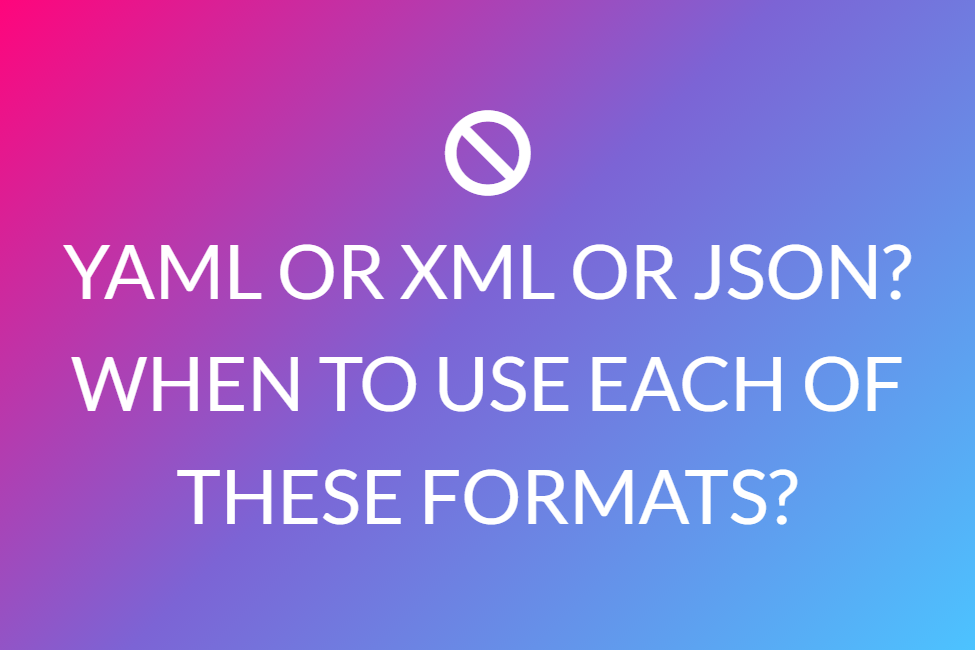
Q: How should one pick the data serialization method for their next project?
Data is defined in serialization language(YAML/JSON/XML) that is nicely structured. Utilizing any of the serialization terminologies, consist of four significant activities.
- You ought to parse the basic content from their serialization language.
- Read thoroughly the needed values.
- Manage those values.
- Further, one may need to keep conducted values about serialization language files.
- To accomplish all these evolution activities, one has to compose the code for parsing.
Q: Why should not one waste their time writing a YAML/JSON/XML parser?
There can be a few mistakes if they develop it by themselves. It’s suggested/good to utilise prominent extant libraries. It even saves time. So before utilising any of the mentioned serialization languages in the project; study, analysis, discover parsing libraries, read the docs. Discover compatibility of that parser to utilise in the project.
If one gets the parsing libraries per the requirement, one has basically curated every data handling activity. Isn’t it comfortable to call a simple one procedure to parse importance rather than manually parsing the same? So for any of the programmers, this becomes easy to pick YAML vs JSON vs XML on the basis of the availability of any data parser.
Final Thinking
- This is all around YAML vs JSON vs XML. Expect this will enable one to find the contrast between YAML and JSON and XML.
- If one is determining any of the data serialization languages, this article would provide all concerning the data representation structure. We can not undervalue any of the serialization languages to others. all three data serialization has its own comfortability with distinct core programming phrasings. Moreover, it’s all concerning the designer how do they feel satisfied over performance or the parsing serialization languages.
- That articulated, YAML is gaining vogue as a config data structure. If one has a relatively little quantity of config data, that one only read in the startup, then the extent and speed aren’t actually a problem anymore. This just departs readability, which is the best in YAML. Furthermore, while XML and JSON are said to be the standard Go libraries, while the YAML is the third party library. which might influence things?


